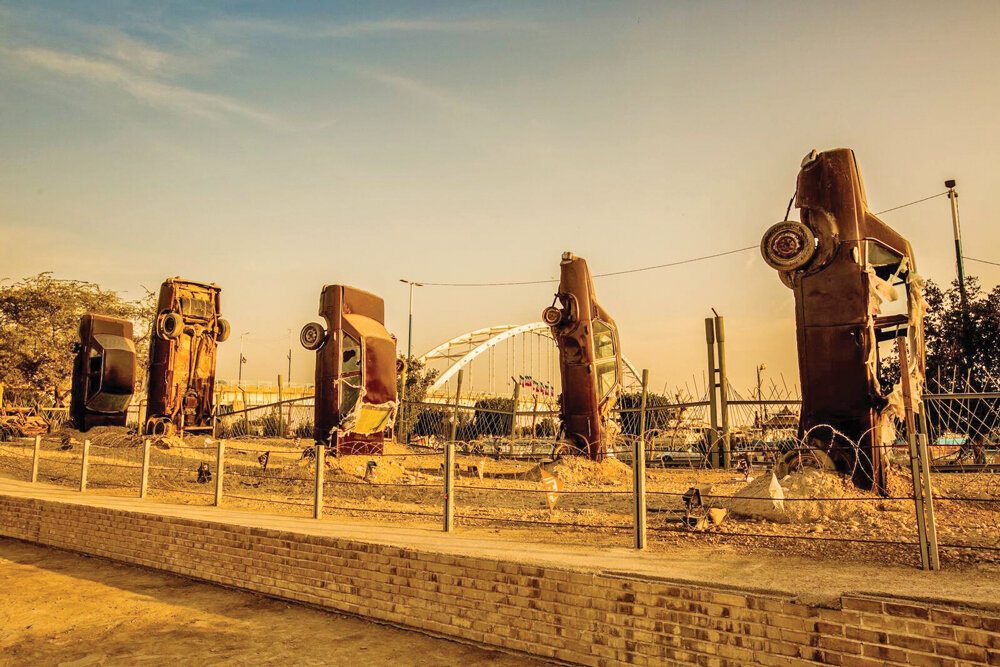Khorramshahr: a prime destination for war tourism

In the past, war tourism destinations were mainly the object of interest of photojournalists appearing solely on pages of crime, but now they can be traced in top travel books and websites. Whatever you call it, from war tourism, dark tourism, disaster tourism, or danger tourism, Iran has more to offer after being involved in the second-longest war of the 20th-century after the Vietnam War.
Amongst many border cities directly involved in the 1980–1988 war, Khorramshahr is highly honored as a symbol of resistance during the war against Iraqi invaders. Moreover, the port city is high on the ‘will go’ index of adventure travelers interested in such niche tourism.
At this time of the year, Iranians hold special ceremonies to honor the fallen soldiers and to cherish the strength and resistance of the people during “the Sacred Defense Week”, starting on Shahrivar 31 (September 21 this year) when Iraqi armed forces invaded western Iran.
The third of Khordad (May 24) marks the anniversary of the liberation of Khorramshahr from Saddam Hussein’s invading army back in May 1982 when Iranians laid another foundation for sacrifice, resistance, and final victory with their blood. Iranian forces recaptured the southwestern strategic port city in a landmark operation code-named Beit ol-Moqaddas.
According to Sajad Goharpak, the tourism chief of Khorramshahr, 25 spots have so far been identified in the port city which makes it a noteworthy destination when it comes to war tourism. “Khorramshahr is so great that right now we are facing a museum city because countless incidents took place in every neighborhood of the city.”
For now, the country has largely been restored, and very few signs of the war, apart from street names and murals of the martyrs on some streets, can be found. These are the areas where domestic travelers usually go by tour packages are called “Rahiane Nour” (“The Path of Light”).
For those interested to visit an epitome of frontlines elsewhere from the former battlefields, Tehran embraces several destinations; the Sacred Defense Museum, Tehran Peace Museum, and Behesht-e Zahra—a graveyard where many of the martyrs are buried. The epic-scale Sacred Defense Museum does bargain something different in modern Iranian history where you can delve into wreckages of rockets, tanks, rifles, vessels, mortars, radars, air defense systems, grounded jets, military supplies, and artillery pieces amongst others. The museum is equipped with a state-of-the-art visual system including projections and video walls, while audio recordings relevant to each period contribute to its charm. The recreation of the liberation of the city of Khorramshahr by the means of virtual exhibits and video projections is amongst the main features of the museum where stands a replica of the Khorramshahr mosque adorned with creamy and turquoise patterned tiles.
Some tourists say they are not just interested in visiting live or former warzones out of curiosity. What motivates them is guessing the stories of people who lost their lives, being displaced, wounded, captured, or lost their loved ones in those bitter moments of the history of mankind.
AFM
